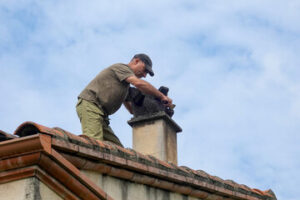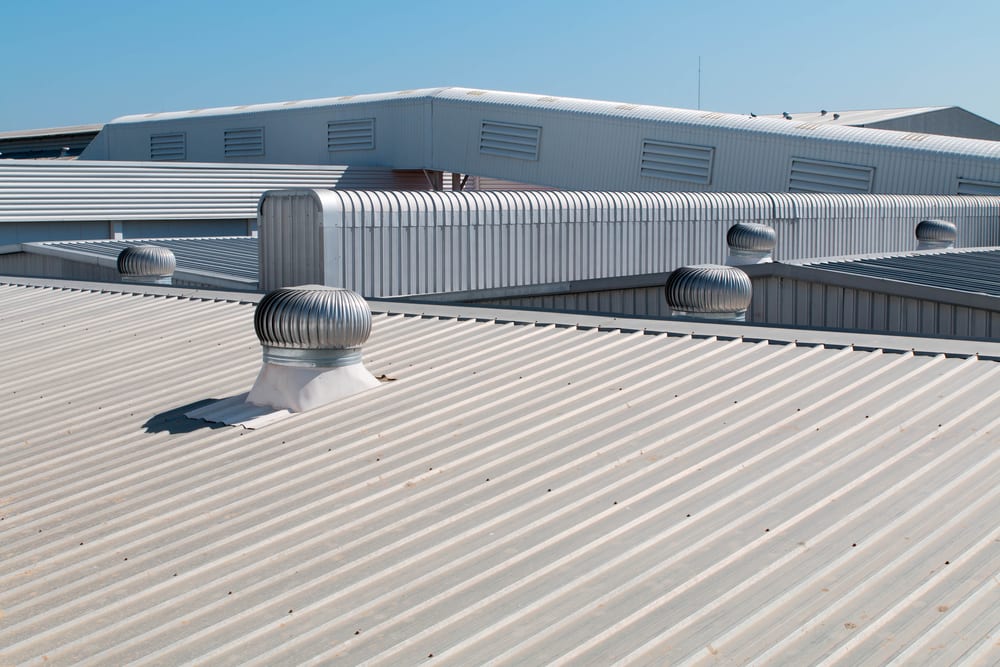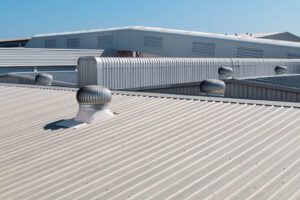Chimney cleaning is messy and requires Chimney Cleaning Baltimore. Protect carpet and furniture in the room with the fireplace by laying down a drop cloth or taping plastic over it.
You’ll need a ladder, chimney brush, pull ring, and weight (20 lbs minimum). Open the damper and remove the chimney cap.

A fire in the fireplace creates warmth and ambiance in a home. It’s a place where families gather to chat, play games, or enjoy a movie together and is an important part of many holiday celebrations. But the fireplace can be dangerous if it’s not properly cleaned and maintained. A dirty chimney can lead to toxic gasses and creosote build-up, which can lead to a chimney fire. Chimney fires are a common cause of house fires, and many people don’t know that they can be prevented with regular cleanings.
The best way to clean a chimney is with a wire chimney brush, which can be purchased from most outlets that sell wood-burning fireplace equipment or at most major retailers that carry fireplace supplies. It’s important to select a brush that is the right size to fit the flue of your fireplace.
Chimneys are designed to allow smoke and dangerous gasses to escape the firebox of your fireplace or wood stove, and to prevent carbon monoxide poisoning in the home. But the chimney is also responsible for safely transferring the heat of the fire to the outside air, and it needs to be free from obstructions. An obstructed chimney can choke off the flow of air, which leads to overheating and can damage the inside of the chimney liner.
The most common sign that it’s time to clean the chimney is a layer of soot on the interior walls of the fireplace and flue. To determine if the soot is thick enough to require a cleaning, experts suggest shining a flashlight into the fireplace and using a fireplace poker to scratch the surface. If the scratches leave a matte black finish, the chimney should be able to be cleaned by a DIYer, but if the scratches reveal a shiny, tar-like substance, it’s time to call a professional.
If you’re planning to clean the chimney yourself, it’s important to prepare the work area with drop cloths or tarps to protect flooring and furniture from soot and dust. Wear rubber gloves, eye protection and a face mask to avoid inhaling the dust and vapors. Make sure that the chimney is cool before starting the cleaning process, and open a window or door to let pressures equalize.
This method of chimney cleaning uses a brush with rods to clean the entire length of the flue from top to bottom. It requires a ladder and is usually done during warm weather. Before you begin this cleaning process, lay down drop cloths to protect the floor and furniture in the room where the fireplace is located. Next, grab a ladder and all necessary tools and climb on the roof to access the chimney. Make sure that the fireplace is not burning a fire, and remove the chimney cap from your flue.
Using this technique, you will need a flexible chimney brush with detachable rods. One person should go up on the ladder to the roof, and the other person should wait below with the chimney brush in hand. As you both work together, you should pull the brush up and down to scrub the walls of the chimney flue. If you think that the chimney is not getting completely cleaned, add more rods and repeat the process. When you are finished, use a flashlight to look inside the flue and confirm that it is clean.
The main issue with a chimney that is not regularly cleaned is that a black tar-like substance called creosote builds up on the walls of the chimney or flue. This creosote is flammable, and can cause a chimney fire that may send smoke or carbon monoxide into the home. The chimney also can crack or leak when the creosote becomes too thick to allow wood to burn safely.
During the cleaning process, you should look for issues such as cracks or damage to the chimney liner, the chimney crown, the damper and the fireplace opening into the house. If you notice any problems, contact a chimney sweep or repair specialist. Chimney fires can be very dangerous, and if not correctly handled, they can destroy your chimney and cause the loss of valuable items. It is also important that you do not attempt to clean your chimney if there are any hot embers or soot that remain in the flue.
In this method, a chimney brush is attached to a rod that has a weight at the end. This is used to control the brush as it moves up and down the length of the chimney flue. The weight should be of a size that it cannot swing free and cause damage to the flue liners. A solid 15 to 20 pound weight is usually adequate. To use this cleaning method, you will need to be able to climb on the roof to access the chimney. From there, you will need to assemble the rope, pull weight, rings, and chimney brush. After that, you will simply begin lowering and raising the chimney brush to scrub thoroughly the walls of the flue. Continue doing this until the entire chimney flue is clean.
Once you are finished with this method, you will need to return the supplies back into your satchel and climb down the ladder. This cleaning method requires a little more time and effort than the first two, but it is very effective at removing hard to remove creosote from the walls of the chimney flue. The other big advantage of this cleaning method is that it can be done without the need for any chemicals.
After the chimney is cleaned, you will need to inspect it for any problems that may have occurred during the sweeping process. This is important because a damaged or deteriorated chimney can pose safety hazards that could lead to house fires, water leaks, and structural instability. You will also need to check for any animal nests and debris that have been blocked off of the chimney opening.
Regardless of which cleaning method you choose, it is always a good idea to cover any surfaces that are exposed to soot and ash. This will protect them from staining and will also prevent any soot particles from escaping during the cleaning process. Lastly, it is always a good idea to use a flashlight or mirror (if you are on the roof) and a mirror (if you are on the ground) to inspect your work and make sure that all areas of the flue are clean.
In this method, you work from the fireplace opening inside your home to the top of the chimney with a brush and rod. This is a much safer option than the top-down rod cleaning method, since it eliminates any need for ladders or rooftop work. However, it can still be quite messy since you cannot seal off the firebox opening, and soot, ash and creosote may get on any nearby flooring or furniture. You’ll need to use plenty of tarps and drop cloths to keep the mess under control.
You can use either a metal or a poly chimney brush for this method, but you’ll need to make sure that the chimney brush matches your flue size and shape. It should also be able to handle the temperature and corrosiveness of your chimney lining. You’ll also need to have a set of extension rods, which will give you greater reach in your chimney. The best type of extensions are telescoping ones that can be adjusted to your height and that have a locking feature.
Start with a thorough inspection of your chimney and the interior of the firebox. This will allow you to see if your chimney is clean and assess the level of soot. This will help you determine the cleaning intensity needed and how long you should spend working on the chimney.
Next, use your chimney brush to remove any accumulated soot and ash from the bottom of the fireplace and from inside the flue liner. Continue scrubbing until your chimney is as clean as it can be without professional intervention. After scrubbing, use your chimney rod to sweep the rest of the way up through your chimney.
After you’re done, remember to take the chimney brush and rods down carefully to prevent breakage. You should be able to disassemble the rods in one piece or in several parts, depending on the length and design of your chimney. Be sure to wipe down the inside of the chimney before reinstalling it and before lighting your first fire. If your chimney has a double-flue or is prone to leaks, you may need to install a waterproof chimney cap to prevent water from entering your house and damaging the chimney walls.


 Style
Style
 Whether you’re a restaurant, retail outlet, or office building, the type of commercial roof you choose will affect the health of your building. Aside from lifespan, you’ll want to consider energy efficiency and typical weather variations. Every commercial roofing material has its pros and cons, making the decision a difficult one. Consider your options and ask a professional to help you choose the best material for your building. A skilled contractor can determine the best roofing material based on the structure and foot traffic on the roof.
Whether you’re a restaurant, retail outlet, or office building, the type of commercial roof you choose will affect the health of your building. Aside from lifespan, you’ll want to consider energy efficiency and typical weather variations. Every commercial roofing material has its pros and cons, making the decision a difficult one. Consider your options and ask a professional to help you choose the best material for your building. A skilled contractor can determine the best roofing material based on the structure and foot traffic on the roof.
